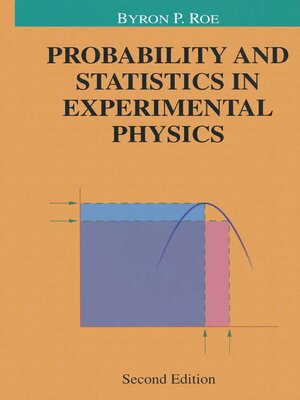Probability and Statistics in Experimental Physics
ebook ∣ Undergraduate Texts in Contemporary Physics
By Byron P. Roe

Sign up to save your library
With an OverDrive account, you can save your favorite libraries for at-a-glance information about availability. Find out more about OverDrive accounts.
Find this title in Libby, the library reading app by OverDrive.



Search for a digital library with this title
Title found at these libraries:
| Library Name | Distance |
|---|---|
| Loading... |
Intended for advanced undergraduates and graduate students, this book is a practical guide to the use of probability and statistics in experimental physics. The emphasis is on applications and understanding, on theorems and techniques actually used in research. The text is not a comprehensive text in probability and statistics; proofs are sometimes omitted if they do not contribute to intuition in understanding the theorem. The problems, some with worked solutions, introduce the student to the use of computers; occasional reference is made to routines available in the CERN library, but other systems, such as Maple, can also be used. Topics covered include: basic concepts; definitions; some simple results independent of specific distributions; discrete distributions; the normal and other continuous distributions; generating and characteristic functions; the Monte Carlo method and computer simulations; multi-dimensional distributions; the central limit theorem; inverse probability and confidence belts; estimation methods; curve fitting and likelihood ratios; interpolating functions; fitting data with constraints; robust estimation methods. This second edition introduces a new method for dealing with small samples, such as may arise in search experiments, when the data are of low probability. It also includes a new chapter on queuing problems (including a simple, but useful buffer length example). In addition new sections discuss over- and under-coverage using confidence belts, the extended maximum-likelihood method, the use of confidence belts for discrete distributions, estimation of correlation coefficients, and the effective variance method for fitting y = f(x) when both x and y have measurement errors.







